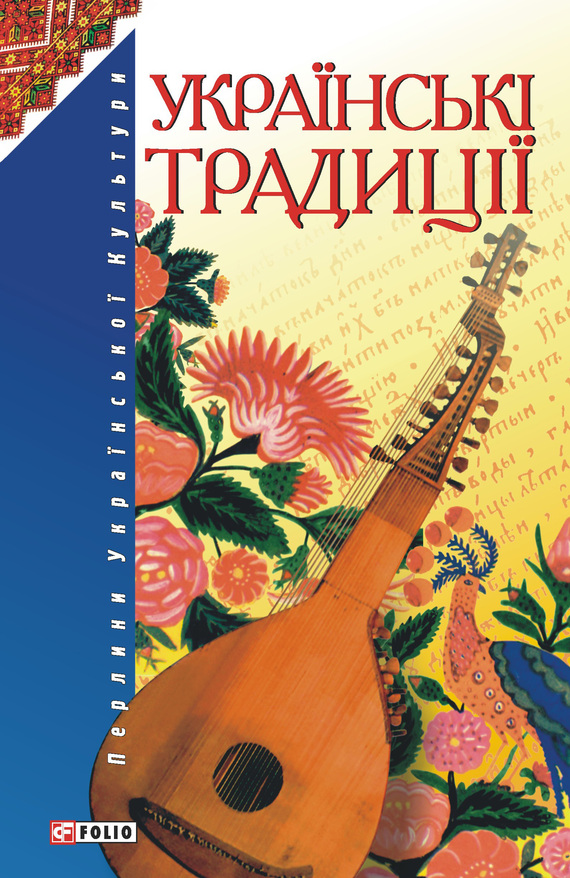Читати книгу - "Genghis Khan and the Making of the Modern World"
Шрифт:
Інтервал:
Добавити в закладку:
Genghis Khan knew full well how to kowtow—he had done it on Mount Burkhan Khaldun in repeated homage to the Eternal Blue Sky—but now, at nearly fifty years of age, he would kowtow to no man. Nor was he anyone’s Mongol slave. Upon receiving the order to demonstrate submission, Genghis Khan is reported to have turned to the south and spat on the ground; then he unleashed a line of vindictive insults to the Golden Khan, mounted his horse, and rode toward the north, leaving the stunned envoy choking in his dust. Genghis Khan’s defiance of the envoys of the Golden Khan was tantamount to a declaration of war between the Mongols and the Jurched. Genghis Khan’s need for trade goods already gave him a reason to make war on the Jurched, and the demand from the Golden Khan for submission now presented him with the pretext for attacking.
After the encounter with the Jurched envoy, Genghis Khan returned to his home base on the Kherlen River and, in the spring of 1211, the Year of the Sheep, summoned a khuriltai. Since everyone knew the issue to be decided, the people could exercise a veto simply by not showing up; if too few people came to the khuriltai, Genghis Khan would not have been able to proceed. By organizing a long public discussion, everyone in the community was included into the process, and, most important, everyone understood why they were fighting the war. Although on the battlefield the soldiers were expected to obey without question, even the lowest ranking were treated as junior partners who were expected to understand the endeavor and to have some voice in it. The senior members met together in large public meetings to discuss the issues, then individually went to their own units to continue the discussion with the lower-ranking warriors. To have the full commitment of every warrior, it was important that each of them, from the highest to the lowest, participate and know where he stood in the larger plan of events.
By including representatives from the allied Uighur and Tangut nations, Genghis Khan solidified his relations with them and thereby protected the exposed underbelly and rear of his land when he launched his invasion. On the home front, he also needed to inspire his people with the courage and understanding of this war. Toward both goals, Genghis Khan appealed to the honor of his followers and to their need to avenge past wrongs, but he also held out to them a much broader opportunity of unlimited goods from the great wealth of the cities of the Jurched. According to the Secret History, once he felt confident that his people and allies stood firmly with him, Genghis Khan publicly withdrew from the assembled delegates of the khuriltai to pray privately on a nearby mountain. He removed his hat and belt, bowed down before the Eternal Blue Sky, and stated his case to his supernatural guardians. He recounted the generations of grievances his people held against the Jurched and detailed the torture and killing of his ancestors. He explained that he had not sought this war against the Golden Khan and had not initiated the quarrel.
In his absence, the Mongol people divided into three separate groups, one each of men, women, and children, in order to fast and pray. For three nervous days and nights, the assembled Mongol nation awaited, bareheaded and hungry, the decision of the Eternal Blue Sky and the orders of Genghis Khan. Night and day they mumbled their ancient Mongol prayer of “huree, huree, huree” to the Eternal Blue Sky.
At dawn on the fourth day, Genghis Khan emerged with the verdict: “The Eternal Blue Sky has promised us victory and vengeance.”
As the Mongol army set out south toward the splendid cities of the south, their overly confident Jurched enemies awaited them and mocked the Mongol advance. “Our empire is like the sea; yours is but a handful of sand,” a Chinese scholar recorded the Jurched khan as saying in reference to Genghis Khan. “How can we fear you?” he asked.
He would soon have his answer.
In the thirteenth century, the area south of Mongolia now occupied by China consisted of many independent states and kingdoms containing perhaps a third of the world population. With some 50 million people, the Jurched kingdom was only the second largest of the many kingdoms occupying the territory now included in modern China. The largest and most important territory was under the administration of the Sung dynasty, heir to centuries of Chinese civilization, based in Hangzhou and ruling some 60 million people in southern China. A string of nomadic buffer states separated the Mongolian plateau from the Sung, each buffer state consisting of a hybrid of agricultural and grazing regions ruled over by a former nomadic tribe that had conquered and settled among its subjects in order to more efficiently exploit them. Frequently, a new tribe emerged from the steppes to displace the older tribe that had grown weak and dissipated from several generations of soft city life. In a long-established cycle, a nomadic army swept down from the steppe, conquered the peasants and cities to the south, created a new dynasty, and, after a few years, fell to the attack of another marauding tribe. Although the identities of the ruling tribe changed from century to century, the system had already been in place for thousands of years.
To the west of the Jurched were the kingdoms of the Tangut, then the Uighur, and finally, in the Tian Shan mounts, the Black Khitan. The Uighur had already made their commitment to Genghis Khan, and, in what seemed to be a practice war, he had recently subdued the Tangut. The conquest of the Tangut took place through
Увага!
Сайт зберігає кукі вашого браузера. Ви зможете в будь-який момент зробити закладку та продовжити читання книги «Genghis Khan and the Making of the Modern World», після закриття браузера.




